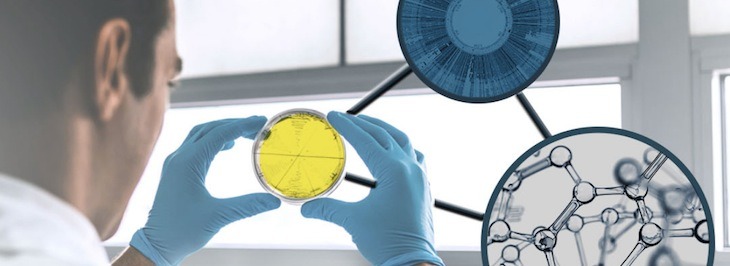NIH awards UAMS nearly $3M for cancer research
by March 31, 2025 3:18 pm 513 views

The University of Arkansas for Medical Sciences (UAMS) researcher Kevin Raney, Ph.D., has been awarded a five-year, $2.99 million grant from the National Institutes of Health (NIH) to study unusual DNA structures called quadruplexes, which may act like natural drugs by binding to key proteins involved in disease.
The grant from the NIH National Institute of General Medical Sciences is pivotal to Raney’s efforts to more fully understand the role of quadruplexes and their potential for targeted therapies.
“I think that taking advantage of the quadruplexes’ ability to enter cancer cells more easily than normal cells is an area that’s ripe for pursuing,” said Raney, professor and chair of the UAMS College of Medicine Department of Biochemistry and Molecular Biology and a member of the UAMS Winthrop P. Rockefeller Cancer Institute. “There’s a lot to learn, but we think that there are dozens of interactions between quadruplexes and a variety of drug targets that are out there.”
A quadruplex can form with a snippet of damaged genomic DNA that has been cast into a cell’s cytoplasm during repair. Quadruplexes have captured researchers’ attention worldwide, revealing that they are not merely waste but have significant roles to play, Raney said.
For example, he said a protein named PARP1, which helps repair damaged genomic DNA, is a major target for cancer treatment, especially breast cancer. There are existing breast cancer therapies that work through PARP1, but researchers continue to search for molecules that are better at inhibiting PARP1.
“As it turns out, quadruplex snippets of DNA bind really tightly to PARP1 and inhibit its ability to bind to genomic DNA where it’s normally found,” Raney said. “So, the little snippet of quadruplex DNA could become a drug rather than a signaling molecule.”
The NIH grant also includes support for Raney to build on his research of tiny cell motors called helicases, proteins that help open DNA so that cells can read, copy or repair it. Helicases are key to keeping cells running, and viruses and bacteria have their own helicases. Because they play such a central role, helicases are promising targets for developing new therapies.
In one experiment that Raney described as a “fishing expedition,” his team used magnetic beads coated with quadruplex DNA to capture proteins that bind to quadruplexes.
“We were surprised to find that the beads mostly caught helicases,” Raney said, noting that the discovery was made possible by the IDeA National Resource for Quantitative Proteomics based at UAMS. The link found between helicases and quadruplexes suggests potential new ways to control cell behavior, he said.
“This work could help us understand how cells protect themselves and, someday, let us use these natural processes to create better treatments,” Raney added.
